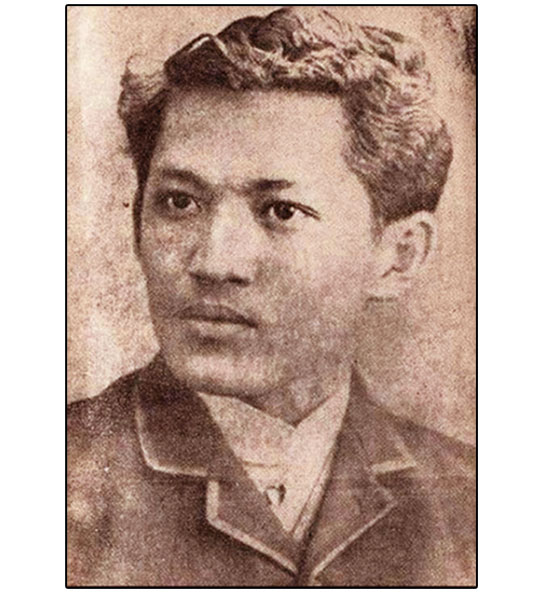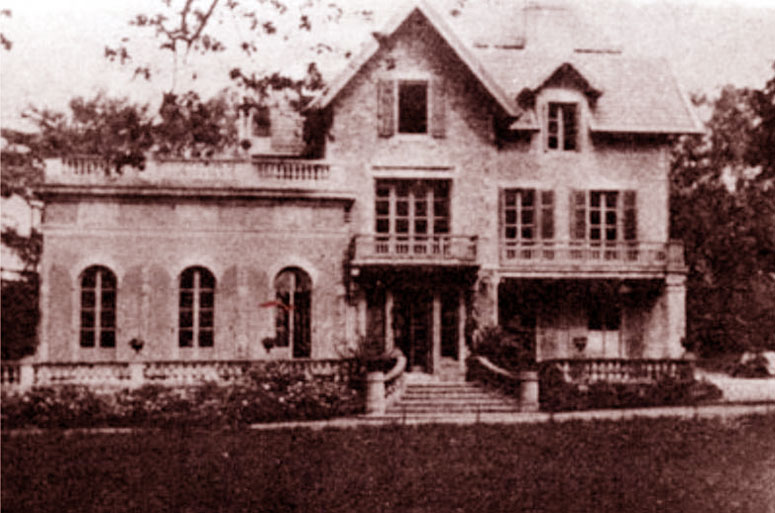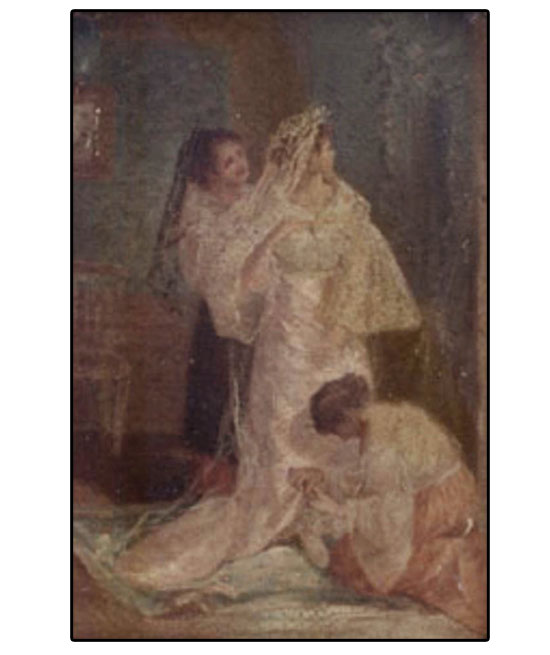Love, marriage, history
All kinds of complications can thwart true love, even more so for the bohemian artists and writers from every century. Race and religion, age and family, social standing and inheritances are factors in the Jane Austen-Bridgerton melange of what is wrongly or rightly at stake in a marriage proposal.
Lorenzo Guerrero, mentor to Juan Luna and Felix Resurreccion Hidalgo, would also give private drawing lessons to the talented daughters from Manila’s prominent families, both Spanish and Filipino. The long list included, according to his biographer E. Arsenio Manuel, society beauties Asuncion Zamora (later to become Mrs. Maximino Paterno), Pacita Longos (who would become a famous designer of ternos, antedating Ramon Valera), and Margarita Roxas (later, Mrs. Andres Soriano.)
It was almost inevitable that he would fall in love with one of them. The object of his affection would be Clemencia Ramirez. The courtship so enraged her family, however, that she was sent away to then-distant Marikina to her uncle, the town’s parish priest.
The resourceful Guerrero would nevertheless make the long journey to see her, painting several pocket-sized masterpieces of the shimmering scenes on the river. He would go so far as to dress in priest’s robes in order to disguise these visits.

Social historian and raconteur Augusto “Toto” M.R. Gonzalez III would describe the half-Filipina heiress Nellie Bousted as the “lady that got away,” not just from Hen. Antonio Luna but also from the reputedly most amorous of our heroes, José Rizal. Nellie’s mother made it a condition that Rizal renounce his religion and convert to Protestantism, an enormous impediment for this Jesuit-trained swain.
At the end of this ill-fated affair, he may not have found marriage but was at least able to finish the last chapters of the monumental El Filibusterismo in the Bousted’s elegant villa in the vacation town of Biarritz.

In some cases, it was art itself that would get in the way. One such changeling (as Nick Joaquin described him) was the collector Alfonso T. Ongpin. He was perhaps the first to set up a proper art gallery, El Arte, in the 1920s. It would eventually take over his entire home and his family life.
Joaquin describes a visit to view his gargantuan collection this way: “Entering, you are confronted by a glass case containing the raincoat of Rizal. Going up the stairs, you gape to see the wall to your right covered with small oils by Luna and Hidalgo. You are met at the head of the stairs by Don Alfonso in white camisa and trousers. He will greet you in Tagalog but will presently be shifting to Spanish, the idiom in which he feels more comfortable.

“He will bid you browse among his treasures: a sheaf of Hidalgo’s letters, Luna’s sketchbook, a pair of slippers woven by Leonor Rivera, ancient photos of patriots wearing frac (frock coats) and whiskers. Or have you come to do research? Mention the topic and Don Alfonso needs only a moment of reflection before pointing to a shelf or drawer, from which he will extract a volume or periodical, containing (he even remembers on which page it is) the information you need.
Social historian and raconteur Augusto 'Toto' M.R. Gonzalez III would describe the half-Filipina heiress Nellie Bousted as the 'lady that got away,' not just from Hen. Antonio Luna but also from the reputedly most amorous of our heroes, José Rizal.
"Or he might take you down to his studio to present you with his latest pamphlet, printed by himself on his own small press. The pamphlet might well be on a Rizal-related topic—usually the correction of a historical error — and written and edited by himself.
"His father Roman’s admiration for the hero (he had closed his store and draped its windows with black ribbon on Rizal’s second death anniversary), the family’s friendship with two of Rizal’s sisters, and his own personal belief in the patriot, made Don Alfonso gradually gather an outstanding collection of Rizal books, manuscripts, photographs, clothing, letters and even musical pieces: a major trove of Rizaliana in the hands of an eminent authority on Rizal. This he wished to entrust to his children as his only property worth bequeathing, because it had been gathered not by fancy but by conviction.

“The rest was eventually donated to the National Historical Institute in 1982. Still spry in his 70s, he keeps busy all day, with no time to rue that he has become an obscure, a forgotten, figure, or that his collections now interest only a few. And you feel that as long as he moves among his treasures, drawing breath in their ambiance, he will be hale of body, ageless in spirit.”
Joaquin would note, “Sharing space with the bric-a-brac was his family of four: his wife Esperanza Roa (a distant cousin of his — and also of President Duterte’s — from Cagayan de Oro) and their three children: Luis, Norma and Guido. The children especially must have felt at times that 978 R. Hidalgo was more the home of the memorabilia than theirs.”

Alfonso was, as one reporter put it, “godfather to all artists and would-be artists, to all art and would-be art; spending a large part of his money buying all the promising works of young artists and giving them away as gifts.”
He hung on longest to these paintings, some of which will be seen for the first time by the public in the flesh at the upcoming León Gallery Asian Cultural Council Auction on Saturday, Feb. 27.
Perhaps, after all, Ongpin, who loved most the ethereal, otherworldly muse, got it right. Think of the wedding day of Lorenzo Guerrero: instead of the joyous carillon of nuptial bells, his in-laws arranged that they toll a funeral dirge.


